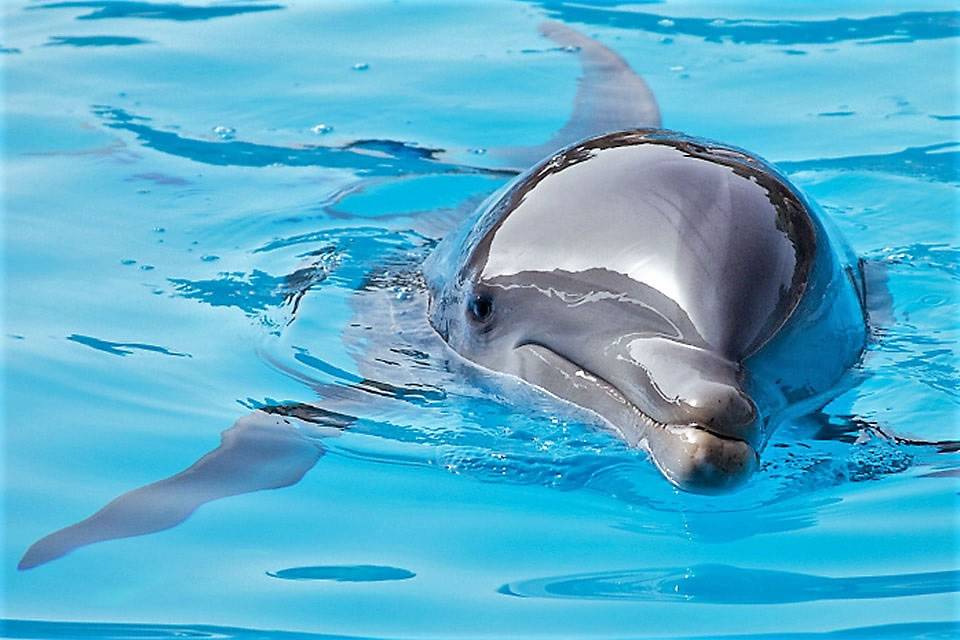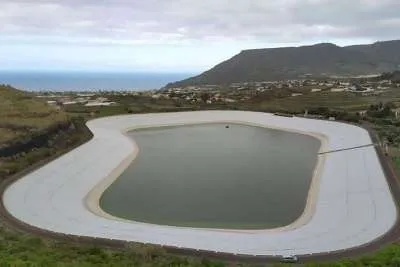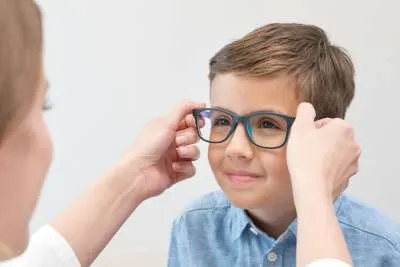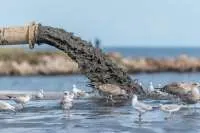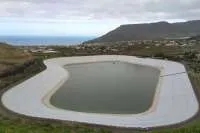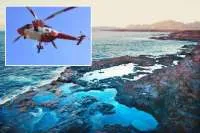Loro Parque Foundation presents its new cetacean welfare bioindicator
- 09-05-2024
- National
- Canarian Weekly
- Photo Credit: Loro Parque
Poema del Mar was the spectacular setting yesterday (Monday) for the presentation of Simone Segura Göthlin's doctoral thesis, in which she explained the new welfare monitoring system for cetaceans developed during her research, thanks to a scholarship program created by Loro Parque Foundation and the Animal Welfare Institute (IUSA) of the University of Las Palmas de Gran Canaria.
Dr. Segura has just become the first student to complete her doctoral thesis and made the presentation to an international audience of experts in cetaceans and welfare, where she introduced a new animal welfare indicator developed within the scope of her doctoral research.
Animal welfare: measurable and accountable
The thesis describes a new indicator that assesses the health of animals as a measure of their welfare. In recent decades, the concept of welfare has evolved from traditional parameters focused on aspects related to the environment in which animals live.
Currently, a broader concept is used, taking into account biological indicators that can provide information about animal health, an essential pillar of welfare: stress-related hormones like cortisol, variations in behaviour, development of social interactions, feeding patterns, and quality of rest, among others.
What this study highlighted, is the correlation between the appearance of skin lesions, known as "tattoo lesions," in cetaceans, with stressful situations and other adverse circumstances.
Through a simple procedure involving brushing the skin of the cetacean, a sample of the skin and its microorganisms is collected. This sample can determine the presence of a poxvirus: a pathogen that develops and causes skin lesions in these animals in stressful or poor welfare situations.
The bioindicator in practice: Loro Parque
This research has been developed, in part, at the facilities of Loro Parque, quantifying the presence of lesions caused by this poxvirus in dolphins. The optimal conditions of the environment in which they live, with constant monitoring of water quality, feeding, and physical and mental health, allow studies of animals under human care to provide answers that are difficult to obtain in other contexts.
The results of this study indicated the absence of these lesions in animals living in Loro Parque. This corresponds with observations of other parameters studied, leading to the conclusion of good welfare conditions in these cetaceans.
These findings can be extrapolated to wild animals, where such lesions have been detected in situations such as being stranded, allowing for a broader study that can provide answers and intervention methods for affected animals.
This virus, which operates similarly to human herpes, is present in all cetaceans and behaves opportunistically, taking advantage of lowered defences caused by stress to provoke lesions by increasing its activity.


